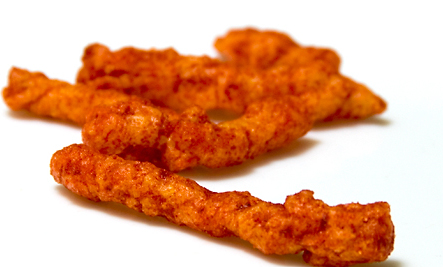
Vrinda Kumar, M.D.
Approximately 3,500 infants die each year in the United States from sleep-related infant deaths, including SIDS, deaths without a certain cause, and accidental choking/strangulation.
Just last week, the American Academy of Pediatrics (AAP) released new “safe sleep” recommendations to protect against SIDS (sudden infant death syndrome). These are the first updates to the recommendations since 2011. SIDS is an otherwise unexplained death of a child. The risk and incidence of SIDS is highest at 6 months of age and under, but can be seen in older infants and young toddlers as well. Even though many SIDS deaths are often unexplainable and have no obvious cause, we do know that unsafe sleeping habits can contribute to SIDS.
The new recommendation still includes some of the older recommendations, including “back to sleep” (putting children to sleep on their backs), no co-sleeping, no soft bedding/bumpers/blankets/or other items in the bed. Babies should sleep on a firm mattress made for infants/toddlers.)
However, the recent recommendations to decrease the risk of SIDS in children also include:
- Share a bedroom with parents, but not the same sleeping surface, preferably until the child turns 1, but at least for the first 6 months. Room sharing decreased the risk of SIDS by as much as 50 percent.
- Fully vaccinate child according to CDC guidelines.
The older recommendations have not changed and still apply:
- Avoid baby’s exposure to smoke, alcohol, and illicit drugs
- Back to sleep
- Use a firm sleep surface
- Breastfeeding is recommended
- Keep soft bedding and loose bedding away from sleep area
- Consider offering a pacifier at nap time and bedtime
- Avoid head covering and overheating
- Avoid positioners and wedges (and choking hazards like teething necklaces!)
- Do not use home cardio respiratory monitoring devices as a strategy to prevent SIDS. They have not been shown to decrease risk of SIDS.
- There is no evidence that swaddling decreased risk of SIDS.
It is important to understand that some deaths are not preventable, even if all the above guidelines are followed. However, following these decreases the chances of a SIDS death and should be followed, despite media and commercial advertisements which may potentially promote other environments which are not consistent with AAP recommendations.
Learn more about safe sleep at http://tinyurl.com/zmf5els.





